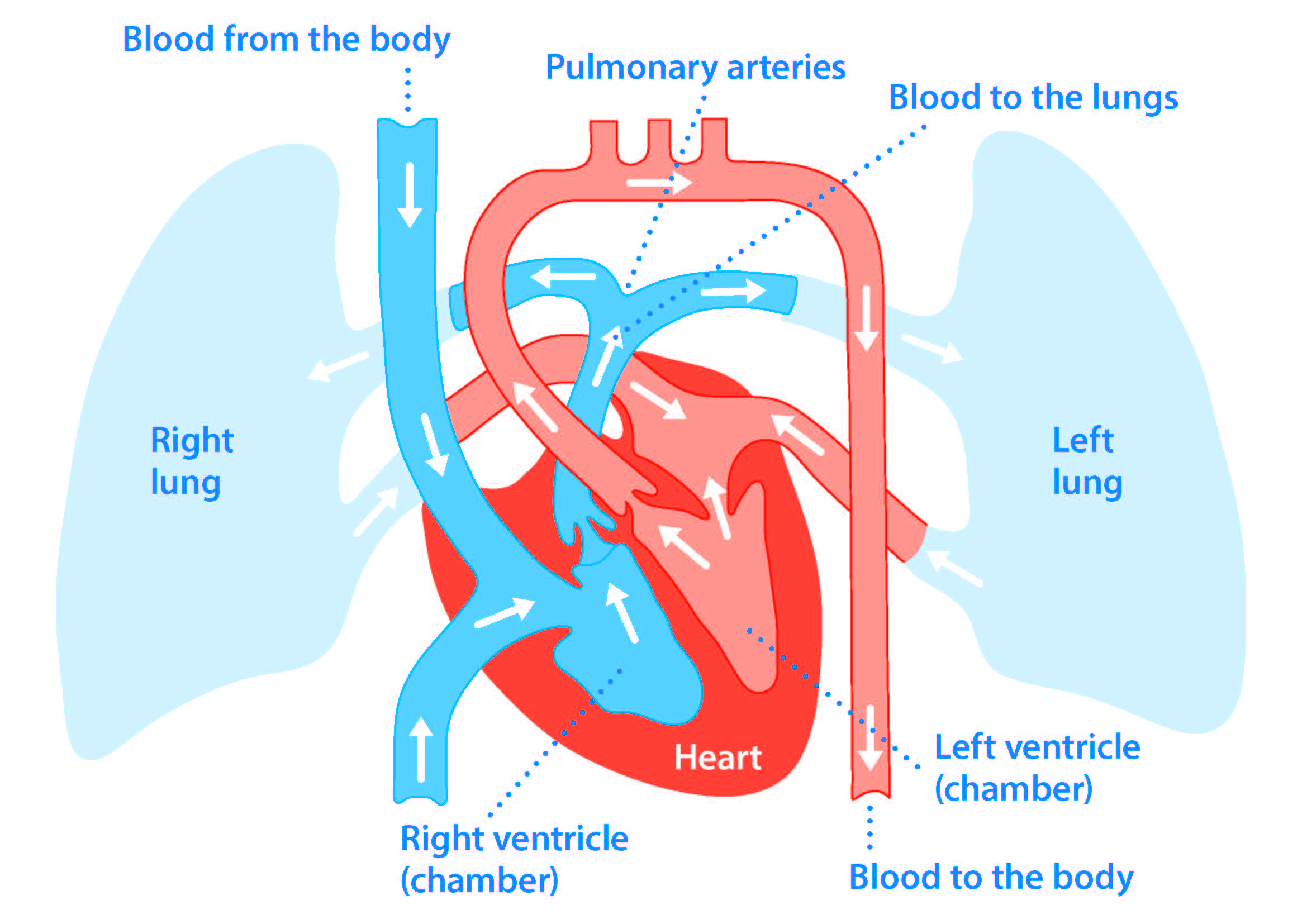
Pulmonary hypertension is often missed in the early stages. They might notice shortness of breath during simple tasks like walking or climbing stairs. This symptom doesn’t appear overnight. It builds up slowly, often mistaken for tiredness. The lungs struggle with pressure changes inside arteries. That hidden imbalance begins to affect movement and daily rhythm. Some patients reduce their activities without realizing why. It’s not laziness—it’s reduced oxygen capacity.
Chest discomfort may appear without exertion and fade without warning
This condition isn’t always predictable. Chest discomfort may appear without exertion and fade without warning. The sensation might feel like tightness, heaviness, or dull pain. It doesn’t always respond to rest or position change. Some experience it while sitting still. The pressure in pulmonary arteries can strain the heart over time. Right ventricular overload slowly affects how the chest feels during quiet moments.
Their legs and ankles may begin to swell toward the end of each day
As the disease progresses, signs spread beyond the lungs. Their legs and ankles may begin to swell toward the end of each day. This swelling, called peripheral edema, isn’t always painful. But it’s persistent. It points to inefficient blood return. The body struggles to circulate normally. It can feel like heaviness in the feet or tightness in shoes. This symptom often worsens when combined with long periods of sitting.
Many patients report feeling exhausted despite a full night’s sleep
Fatigue becomes part of the routine. Many patients report feeling exhausted despite a full night’s sleep. They wake up with a feeling of unrest. Daily chores become more taxing than before. This fatigue isn’t just physical—it can cloud thinking. Tasks that once felt automatic now require effort. The heart and lungs are working harder in the background, using more energy for simple activities.
Low oxygen levels can cause lips or fingertips to appear bluish
Cyanosis may develop gradually. Low oxygen levels can cause lips or fingertips to appear bluish. This change might go unnoticed until someone else points it out. The color shift means tissues are not receiving enough oxygen. It’s not always linked to cold exposure. For pulmonary hypertension patients, it reflects underlying vascular stress. That bluish hue may deepen during activity or stress.
They often feel dizzy when standing quickly from a seated position
Poor blood flow affects balance. They often feel dizzy when standing quickly from a seated position. It’s not just lightheadedness—it can feel like the room shifts briefly. This drop in blood pressure stems from reduced cardiac output. The heart can’t keep up with sudden demands. That moment of instability may lead to falls or hesitation. Over time, patients learn to rise more slowly and cautiously.
Their breathing sounds may seem normal during routine checkups
Doctors can miss early signs. Their breathing sounds may seem normal during routine checkups. Pulmonary hypertension doesn’t always cause wheezing or crackles. Lungs may appear clear with a stethoscope. That’s why diagnosis often comes late. Imaging or blood tests may be needed for further clues. It’s not about what’s heard—it’s about what’s missed beneath the surface.
Symptoms can worsen when altitude or air pressure changes suddenly
Environmental triggers are subtle. Symptoms can worsen when altitude or air pressure changes suddenly. Flights or high-elevation trips may bring unexpected breathlessness. These changes stress the pulmonary system. The thinner air adds extra burden. Travelers might struggle with stairs or hills in places they used to enjoy. It’s not anxiety—it’s vascular adaptation that fails to adjust efficiently.
They may receive treatment but still struggle with invisible limitations
Medication helps, but not always fully. They may receive treatment but still struggle with invisible limitations. Not all symptoms vanish. Some persist beneath the surface, masked by routine. Treatments reduce pressure but don’t restore old energy levels. It’s hard to explain to others. The condition often hides in plain sight. Social interactions or work expectations may become overwhelming.
Each person’s condition follows a unique path, not always aligned with textbook stages
No two cases are identical. Each person’s condition follows a unique path, not always aligned with textbook stages. Some progress slowly, others faster. Certain symptoms dominate one life while barely appearing in another. The unpredictable nature of pulmonary hypertension makes management personal. What works for one may not help another. That’s why constant observation and honest communication matter.
